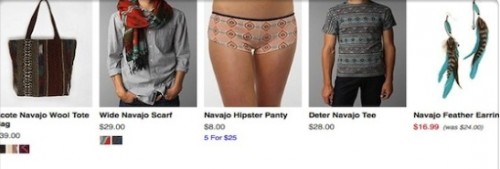Cultural appropriation generally refers to the adoption of traditional practices, objects, or images by a person or group that is not part of the originating culture. Cultural appropriation can become problematic when it is done without permission, serves to benefit the dominant group, and erases or further marginalizes the oppressed group. In this way, cultural appropriation can recreate larger structures of inequality.
On a recent stroll through a duty-free shop, I was introduced to one of these problematic examples in the form of a new Canadian product named “Totem Vodka,” packaged in a bottle resembling a totem pole. Totem Vodka is not a product of Indigenous entrepreneurship. Instead it is a form of problematic cultural appropriation. Here’s why:
First Nations Erasure
Totem poles are important symbolic creations of some First Nations families in Canada’s Pacific Northwest. They are symbols of family lineage that serve to document stories or histories of people, communities or clans. The Totem Vodka bottle and marketing images erases these families, while appropriating their symbols.
A stunning bottle for a stunning vodka @TotemDistillers pic.twitter.com/NzrtiS5nkB
— Sam Hauck (@Sam_WineTeacher) June 29, 2016
The bottle stopper is shaped like a Thunderbird, a supernatural bird who causes thunder and lightning according to First Nations mythology. The Thunderbird crest is traditionally carved on the totem poles of people from the Thunderbird clan of the Kwakwaka’wakw nations (on Vancouver Island). The origin of the Thunderbird (and totem poles) within Pacific Northwest First Nations communities is absent from the company’s description of the bottle’s design and construction. Instead, the bottle is superficially connected to a wide-array of global references; the bottle was “designed on the West Coast of Canada, moulded by French glassmakers and topped with an Italian-made custom stopper.”
Significantly, the individuals featured in pictures on the company’s Twitter account include few or no indigenous people.
First Nations Exploitation
The owner of Totem Distilleries is a wealthy white entrepreneur and proceeds from the vodka help support a wildlife rescue association without any First Nations connection.
Settler societies have, paradoxically, both outlawed the sacred work of totem pole carving by indigenous peoples and exploited it for their own profit. In this case, the totem pole is used as an aesthetic tool to distinguish the vodka as authentically “Canadian,” while reproducing an abstracted, exotified, and ultimately false vision of indigeneity. First Nations people in Canada have rarely been either credited or compensated for the use of their cultural symbol.
The example of Totem vodka fits within a larger pattern of racism and colonial exploitation of indigenous people. We can look to the historical effects of colonization in Canada to see how attempts to erase Indigenous culture, while simultaneously exploiting it for the benefit of colonizers, has led to systemic discrimination, exclusionary policies and neglect that continue into the present day. Using a totem pole as a vodka bottle symbolizes this larger, patterned systems of inequality.
Alexandra Rodney is a PhD candidate in the Department of Sociology at the University of Toronto. She teaches Cultural Sociology and researches in the areas of food, gender and health. You can read more of Alexandra’s work on her website or follow her on Twitter.
A special thank-you to Josée Johnston and Samantha Maskwa for their feedback on this post. Samantha is of Cree, Ojibway and Celtic ancestry. Her family is from the Rice Lake area and the southern part of Turtle Island and she is Bear clan. In addition to her midwifery degree, she is also completing a minor in Sociology and an Aboriginal Knowledges and Experiences certificate at Ryerson University in Toronto.




